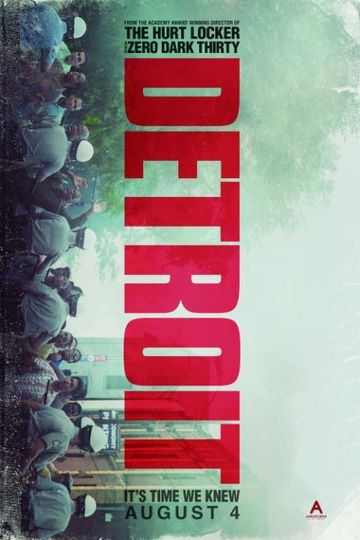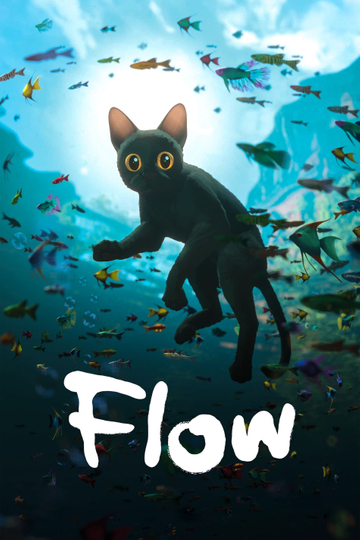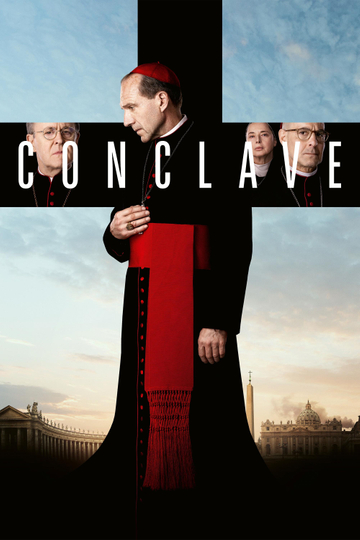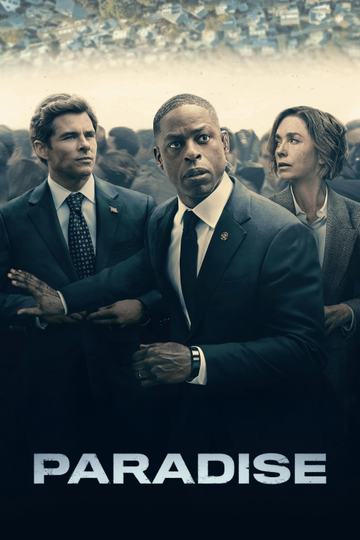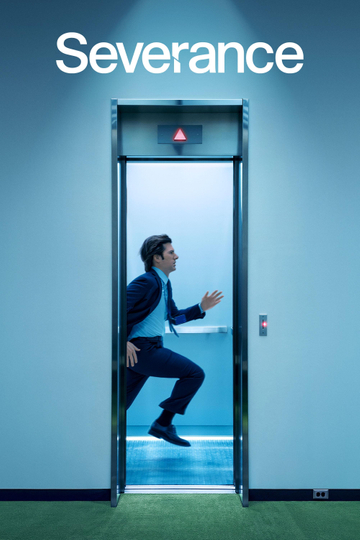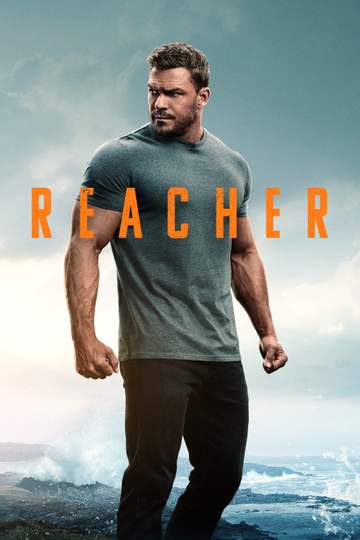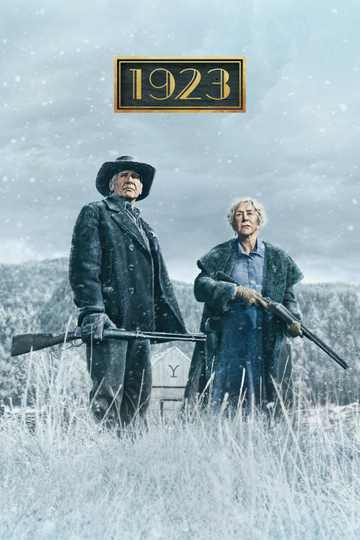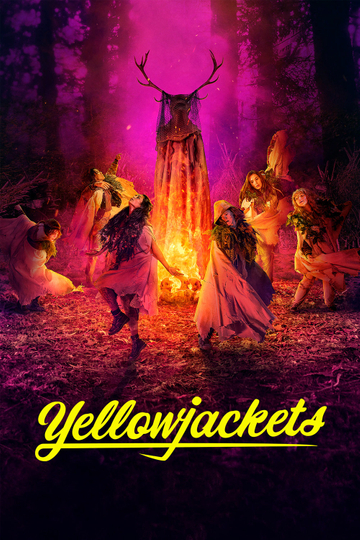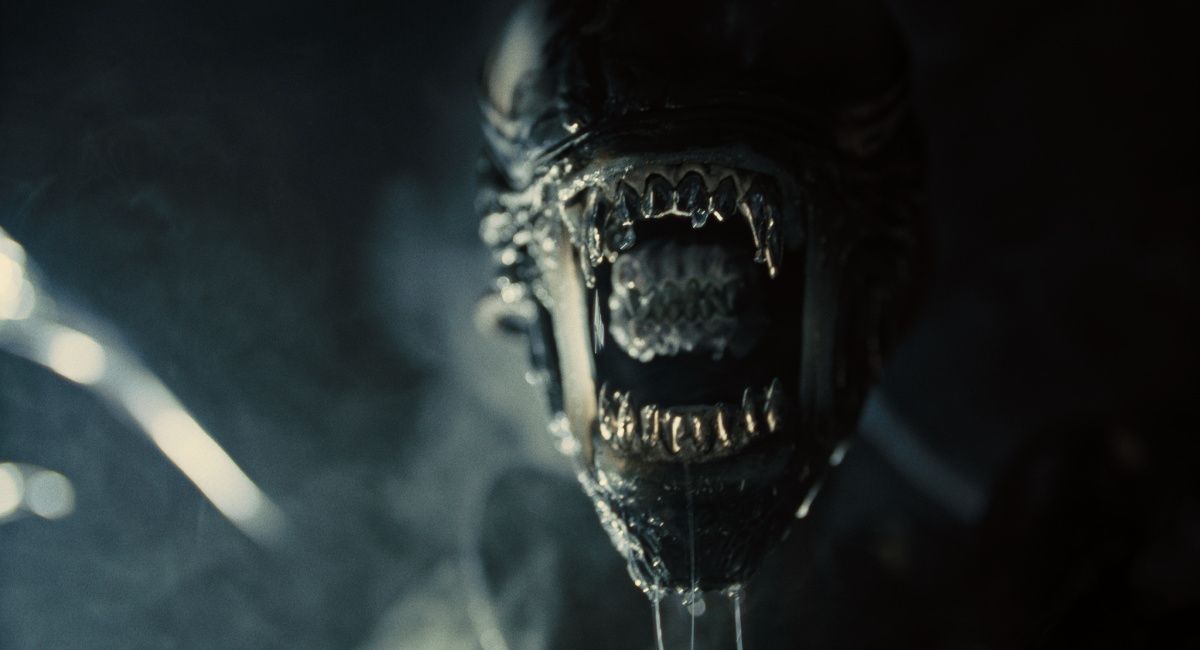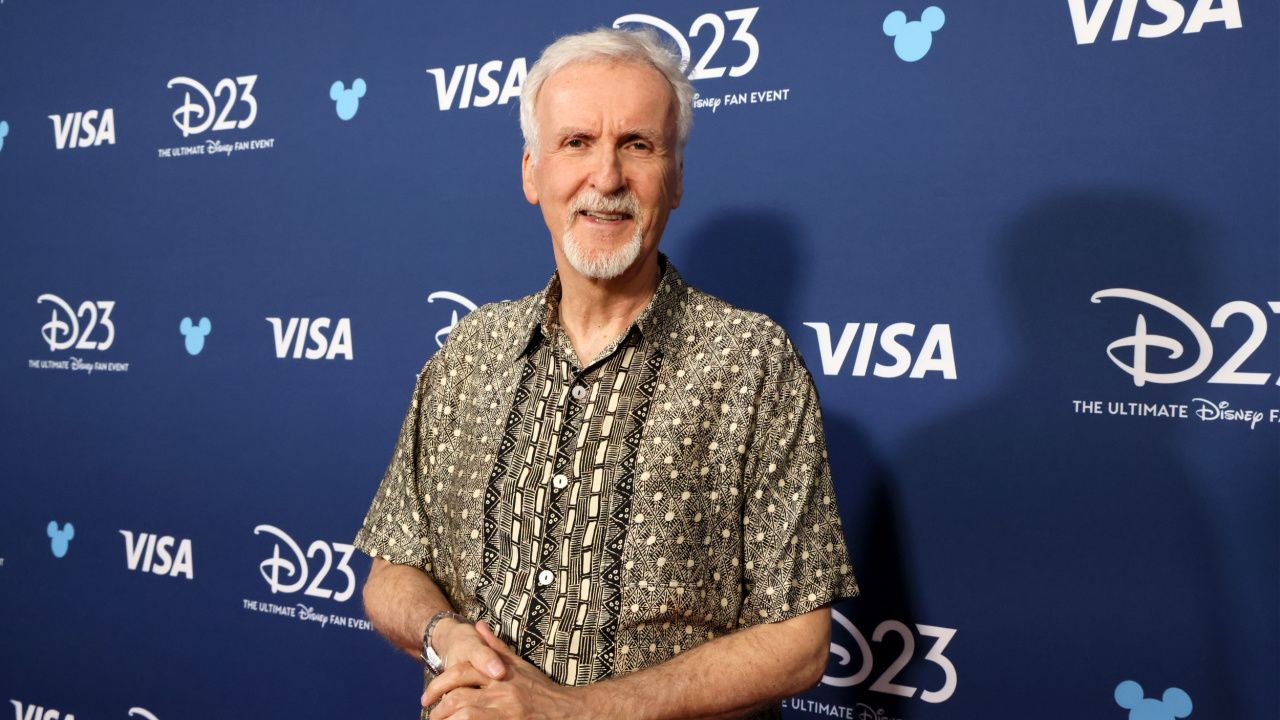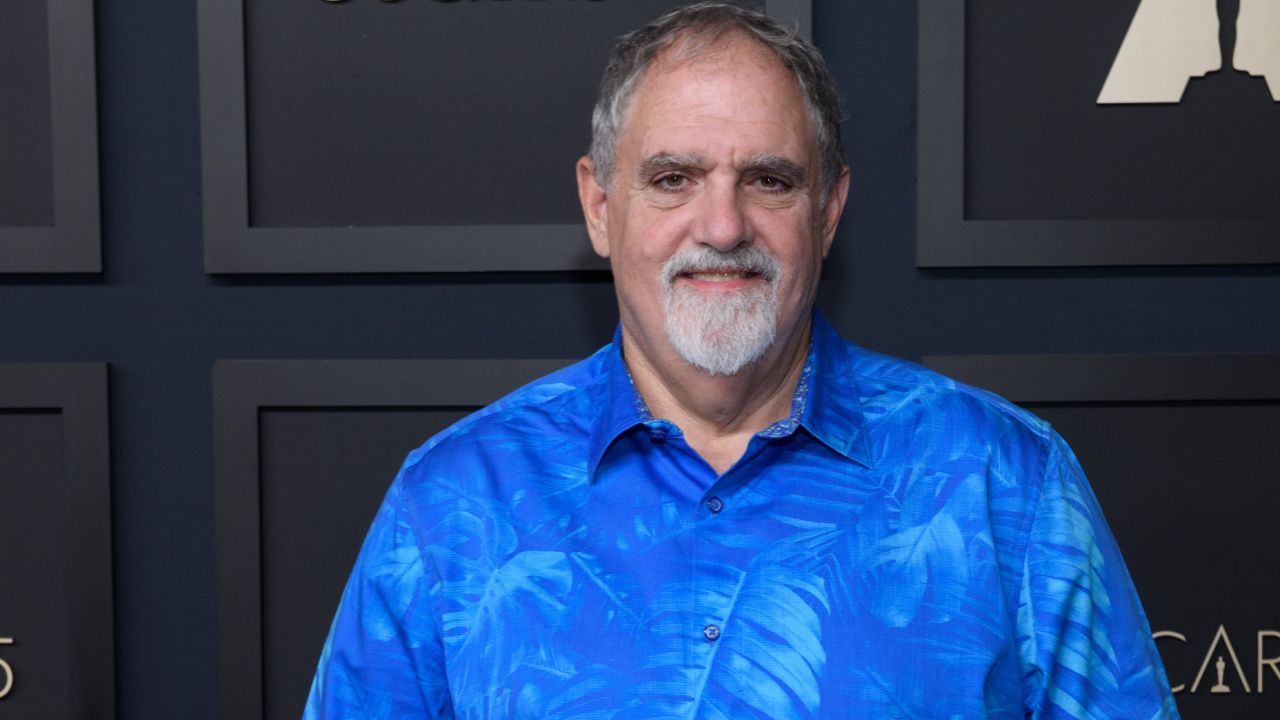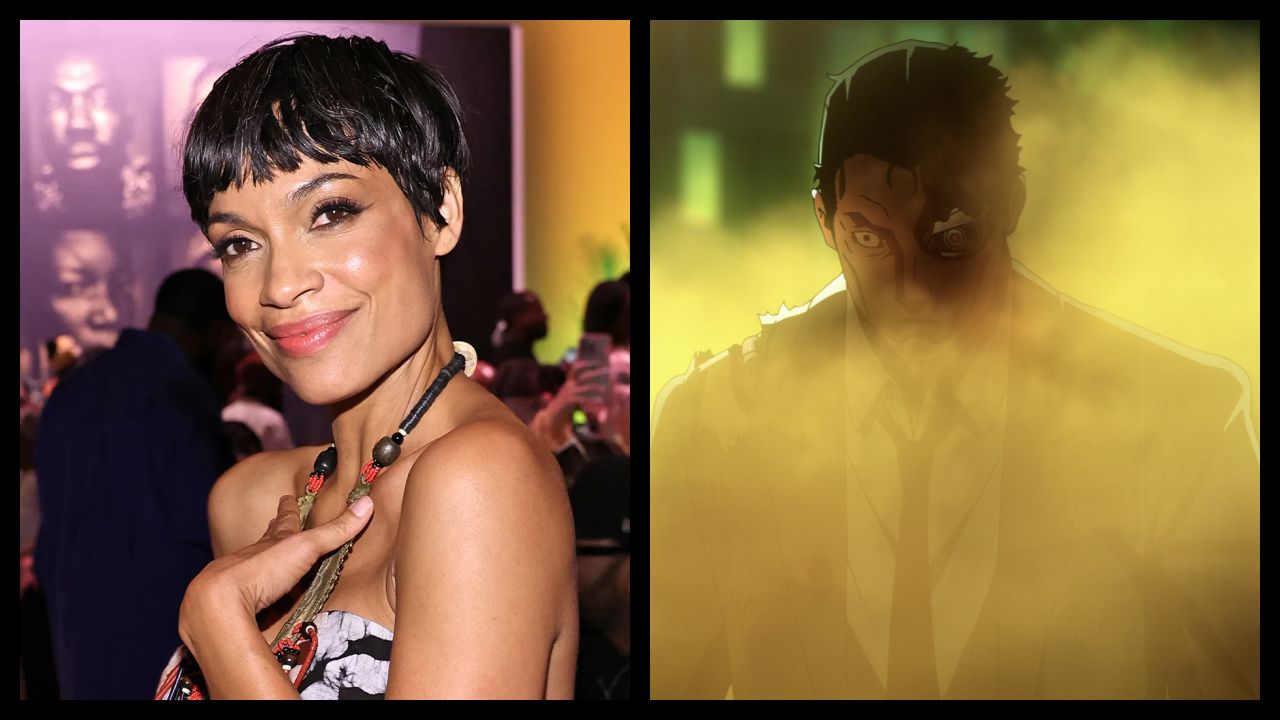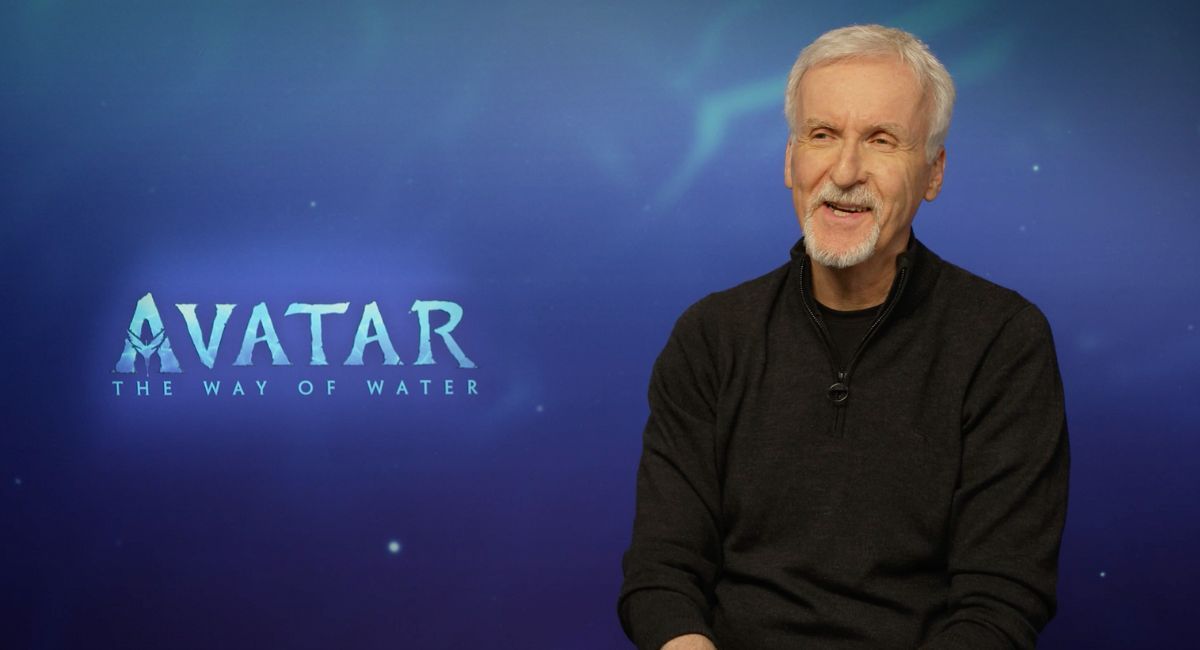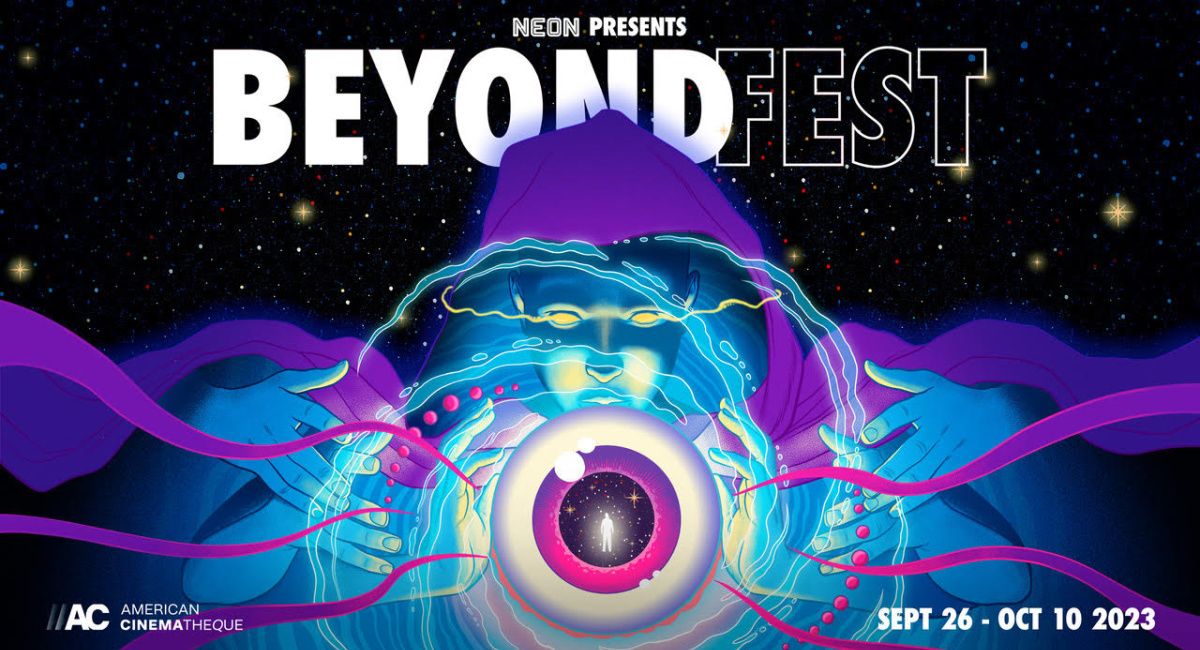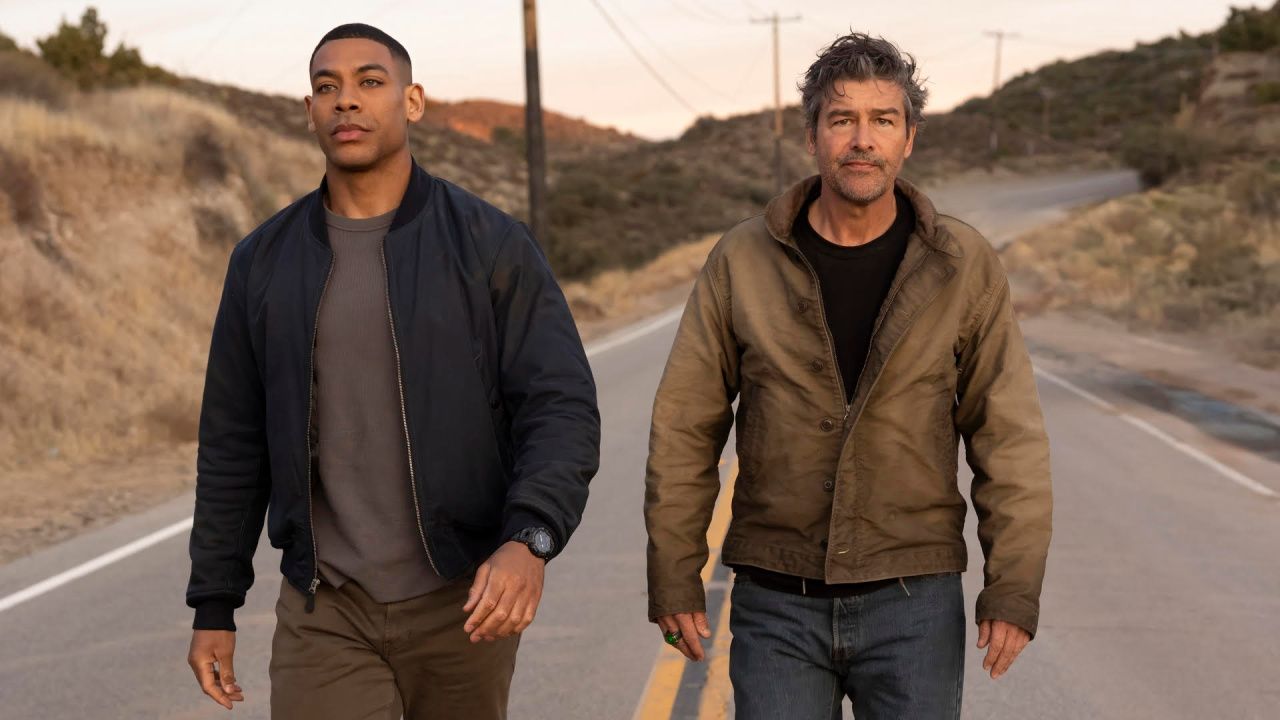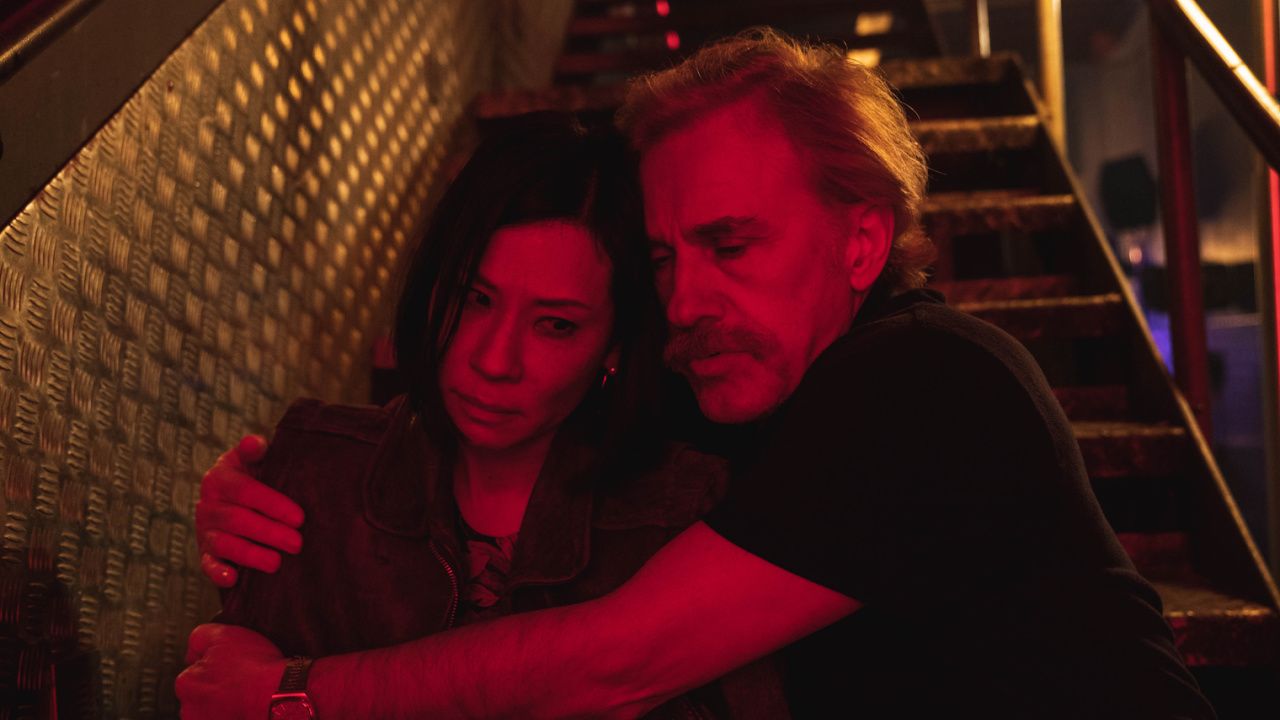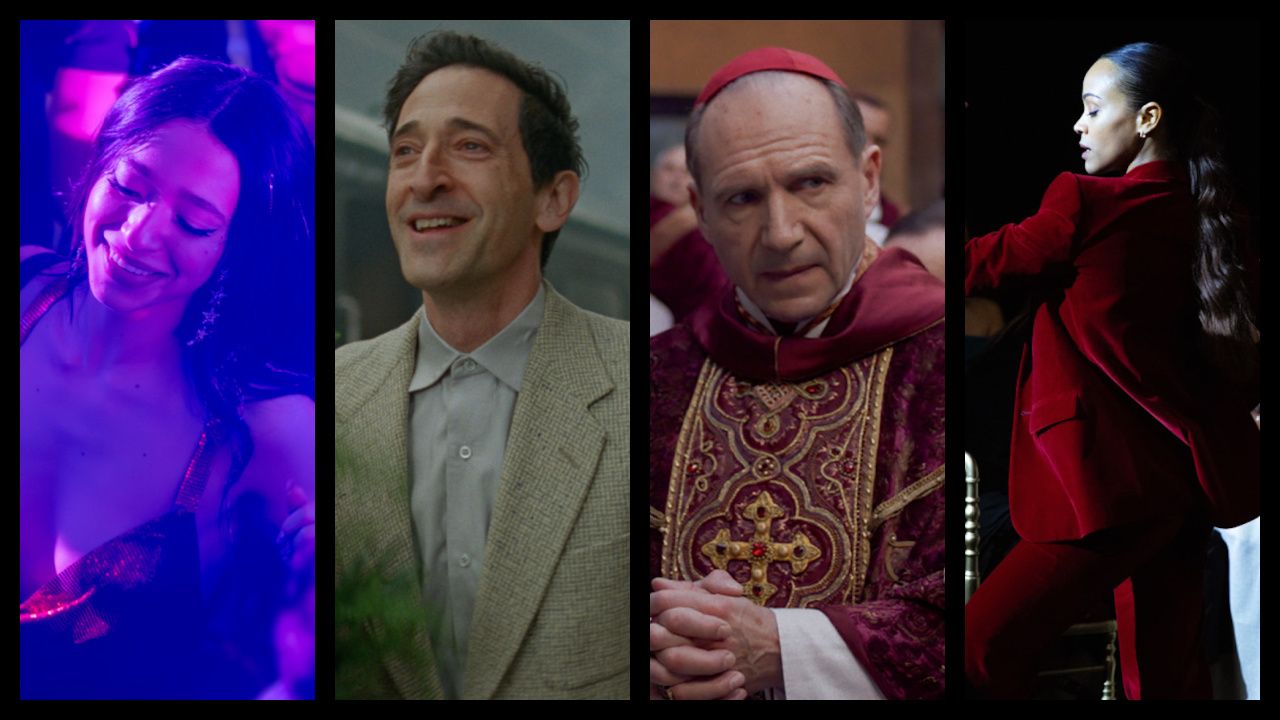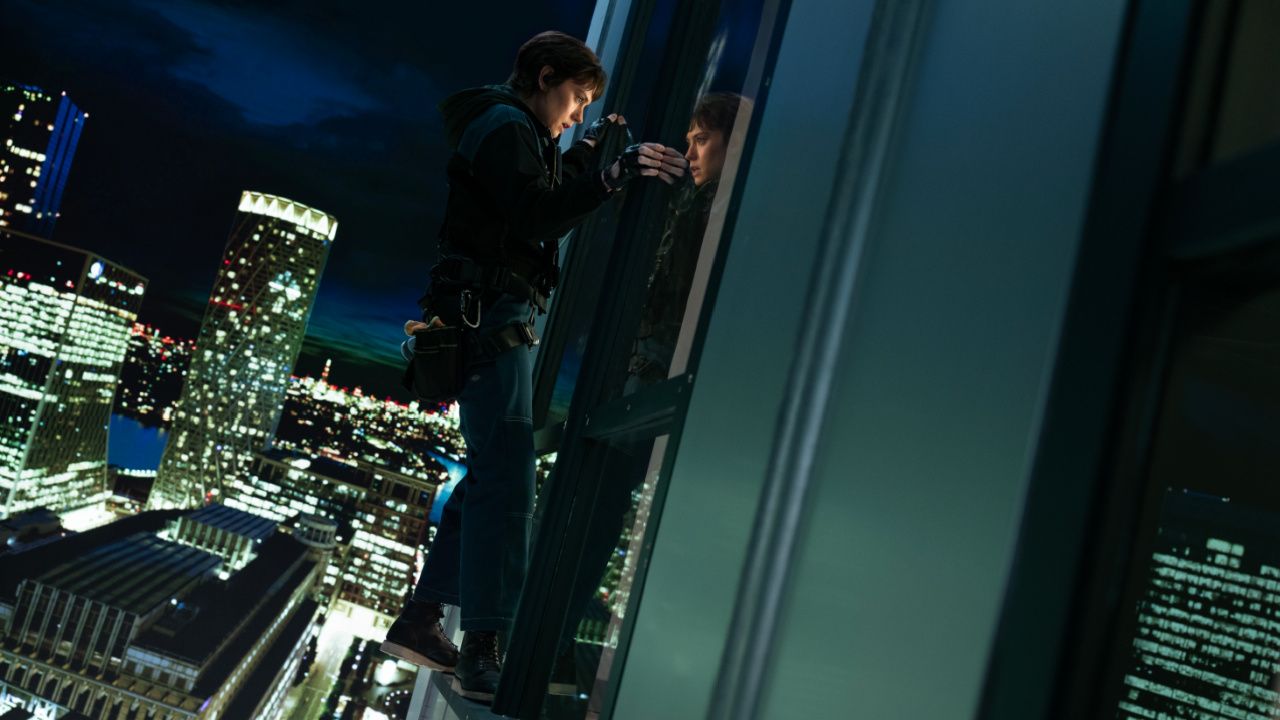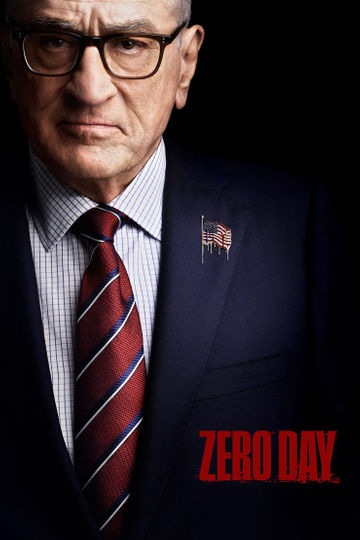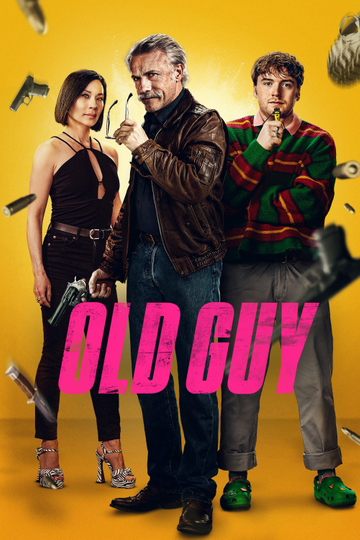What Makes Kathryn Bigelow's 'K19: The Widowmaker' So Important
These days, Kathryn Bigelow is known as a lacerating realist, someone who can turn any historical event into a pulse pounding, heavily detailed thriller in which the facts only amplify the intensity and never diminish it. (Her latest, "Detroit," depicting 1967's 12th Street Riot, is brutal and nerve rattling. It's out next month.) But this wasn't always the case.
Bigelow started off her career as something of an extreme stylist; she made biker movie "The Loveless" and co-wrote and directed Gothic vampire western "Near Dark" utilizing the cast of her then-boyfriend James Cameron's "Aliens." As her career progressed, her entrenchment in stylization remained steadfast. She made the Jamie Lee Curtis crime movie "Blue Steel," which seemed interested in grittiness but instead was more of a Hitchcockian riff than anything else.
"Point Break," perhaps Bigelow's best known film pre-"The Hurt Locker," couldn't be further from that Academy Award-winning film; its an exploration of the male psyche but told in the most grandiose, hyper-kinetic way possible. "Strange Days," a woefully underrated sci-fi thriller (written by Cameron), followed "Point Break." It was a film that explored heady issues of identity, technology, racism, and pre-millennial dread but those themes were within what is arguably her most aggressively stylized and slick movie. (It's basically one long twirling Steadicam shot after another.) She followed "Strange Days" with "The Weight of Water," a little-seen and kind of lousy thriller starring Elizabeth Hurley.
And then there was "K19: The Widowmaker," a movie that signaled a major transition for Bigelow as an artist and was way more groundbreaking than initially thought at the time. On one side of "K19" was her stylized Hollywood output, on the other was her rigorously realistic docu-dramas.
"K:19" was the first time that Bigelow had been working from a true story. In this case it was the tale of a Russian nuclear submarine that suffered a radiation leak and the attempts made by the crew of the vessel (led by Harrison Ford) to contain the leak and save the men onboard. It was a big studio movie (more on that in a minute) but Bigelow was determined to bring truth to the proceedings, and inserted her patented brand of emotional realism wherever she could. Even the somewhat sappy epilogue feels sadder and more defeated than it would in the hands of any other filmmaker.
Whenever the script deviated from the historical facts, the names of the crewmembers were changed. There were also technical concessions that figured into the production, like a slightly smaller class of submarine being used for the titular vessel. In the future her films would be meticulously researched (by Mark Boal, her screenwriter and creative collaborator), with historical events dutifully recreated.
With a budget of $100 million, the independently financed production (funded largely by the National Geographic Society and distributed by Paramount) was the largest movie ever directed by female filmmaker. (In many ways this would foreshadow the kind of freedom and budgets filmmakers like Patty Jenkins are now given.) This is a testament to both Bigelow's filmmaking talent and her power behind the camera. But it's also saying something that immediately afterwards she started this recent string of low budget historical dramas.
Watching the movie now, you can also see the seeds of her stylistic shift, in terms of camerawork. These days, Bigelow's style is almost that of a documentary: quick cuts, handheld cameras, shaky movements. While there aren't nearly as many wildly unmoored shots in "K19," you can feel her loosening up. All of her movies had a certain undeniably energy to them, but they were also slick and locked-off. With "K19" you could feel her starting to give that up in favor of something closer to real life.
As a filmmaker, Bigelow has always been interested in the moral grey areas that most human beings operate in. Before "K19," Bigelow was interested in heightening these character traits through exaggerated scenarios. With "K19" and the films that followed, she was able to strip away the bombast and focus on the characters and how their personalities are defined through the actions they take and not the situations they find themselves in. (You can think only of Jessica Chastain's jaw-dropping turn at the center of Bigelow's epic, flawless "Zero Dark Thirty.") This is an important turn and one of the reasons that makes "K19: The Widowmaker" so important in her filmography.
What makes this worth pointing out is how virtually ignored the film, despite its all-star credits (including cinematographer Jeff Cronenweth and editor Walter Murch) and terrific cast (Ford was backed by Liam Neeson, Peter Sarsgaard, and Joss Ackland), really was. It was given a pass by the critics but wound up under-performing at the box office, making $65 million against its $100 production costs (and that was before promotional costs are factored in).
It's a movie that is very much worth watching and not just because it's a Rosetta Stone for the career path Bigelow endeavored on, one that has reaffirmed her place as one of the most important and exciting filmmakers working today.
